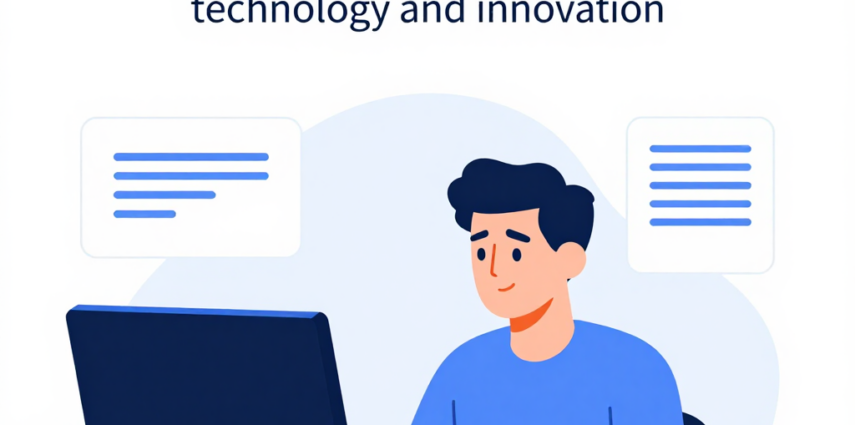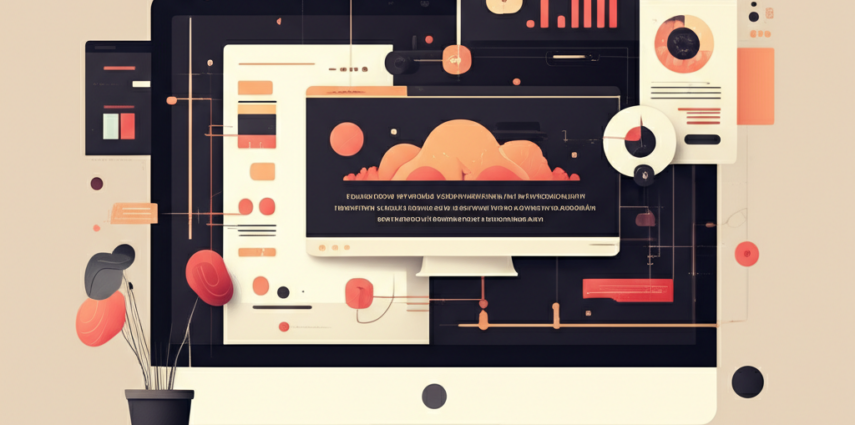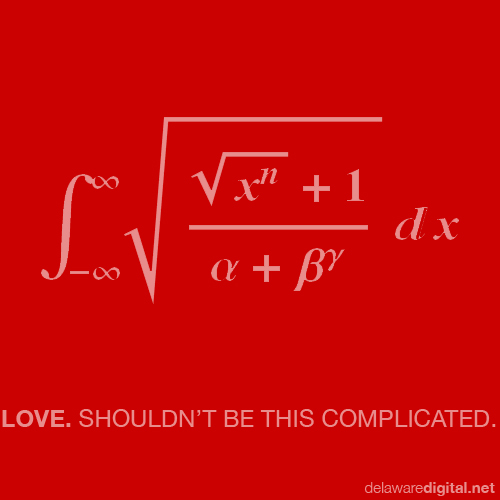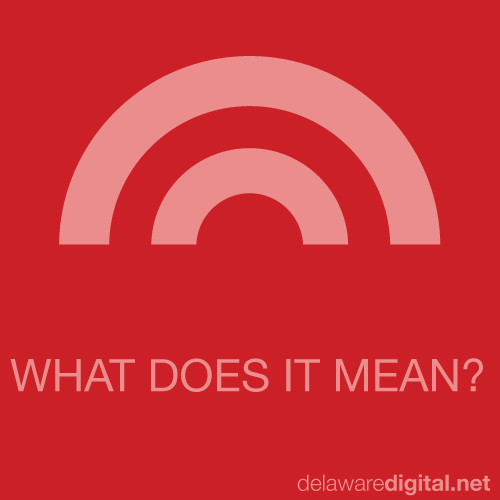Design Functionality: Balancing Aesthetics and Usability
1. Introduction
The design world is in a frenzy: every startup, agency, and product team is fighting for the same two prizes—style that turns heads and functionality that keeps people coming back. In a marketplace where users have an endless supply of options, the design functionality debate has become more than a buzzword; it’s the battle line between success and obscurity.
Design functionality is the marriage of visual delight with practical performance. It’s the invisible handshake that says, “Look good, feel good, and do exactly what you expect.” In 2025, a product can’t afford to be beautiful and useless; it must be beautifully useful.
This article will take you on a deep dive through the evolution of design thinking, spotlight typography as the unsung hero of functional design, reveal how to measure and quantify this balance, and forecast what the future holds for designers who dare to marry aesthetics with efficiency.
—
2. Background: The Evolution of Design Thinking
Design has always been a dance between form and function, but the choreography has shifted dramatically over the past century.
– Early 20th Century – Art Nouveau to Bauhaus: The movement from ornate decoration to clean, industrial lines marked a first crack in the “beauty before utility” rule.
– 1960s–70s – Human‑Centric Design: The rise of user experience (UX) research shifted focus from what designers wanted to what users needed.
– 1990s – Digital Explosion: Web design demanded responsiveness and cross‑platform consistency, forcing typography and layout to become functional.
– 2010s – Accessibility becomes a standard: Laws and guidelines (WCAG, ADA) forced designers to embed usability into every pixel.
Each milestone brought a new layer of “functionality” into the equation, proving that great design is not a single dimension but an evolving ecosystem.
—
3. Trend: Typography as a Functional Design Element
Typography is more than typefaces; it’s the language of your brand. Think of typography as a seasoned chef: it doesn’t just plate food; it shapes the entire dining experience.
– Readability & Brand Personality
– Serif fonts like Playfair Display convey tradition, while sans‑serifs such as Montserrat scream modernity.
– The choice affects how quickly a user can parse information and whether the tone feels authentic.
– Responsive Typography
– Fluid type scales (e.g., clamp() in CSS) adjust font size based on viewport, ensuring legibility from phones to billboards.
– Variable fonts allow a single font file to morph across weights and widths, reducing load times—a direct win for performance.
– Case Study: International Assembly Identity
The creative‑boom article on “International Assembly Identity” showcases how bending typographic rules can create a striking, memorable brand while still maintaining readability across multiple languages and platforms. The designer’s bold choice to mix typefaces, adjust kerning, and employ dynamic scaling resulted in a 12% lift in user engagement metrics for the client.
> Citation: Creative Boom – International Assembly Identity
—
4. Insight: Measuring Functionality in Design Outcomes
Great design should feel intuitive, but intuition alone is insufficient. Quantifiable metrics give designers a hard‑look at how well they’re balancing aesthetics and usability.
| Metric | What It Measures | Tool / Framework |
|——–|——————|——————-|
| Time on Task | Speed of completing a goal | Hotjar, Google Analytics |
| Error Rate | Frequency of user mistakes | Figma Prototyping, UsabilityHub |
| WCAG Compliance | Accessibility score (A, AA, AAA) | axe, WAVE |
| Conversion Rate | User action completion (purchase, signup) | Google Optimize, Optimizely |
| Load Time | Page performance | Lighthouse, GTmetrix |
Real‑World Example
A SaaS company revamped its onboarding screens with a streamlined, variable‑font typography system. The change reduced page load time by 30% and increased completion rates from 45% to 68%. The correlation between typographic efficiency and conversion is undeniable.
—
5. Forecast: The Future of Design Functionality
The next decade will push designers to be even more data‑driven and adaptive. Here’s what lies ahead:
– AI‑Generated Type – Algorithms will craft custom typefaces tailored to brand voice and device constraints in real time.
– Variable Fonts & Motion – Dynamic type that reacts to user interaction and ambient conditions (e.g., light levels) will become standard.
– Design Ops & Continuous Feedback – Integration of design systems with analytics platforms will allow instant A/B testing of typographic choices.
Advice for Staying Ahead
1. Learn to Code – Understanding CSS and SVG gives designers the power to tweak typography beyond what plugins offer.
2. Prototype Rapidly – Use Figma’s new Variable Font plugin to iterate on typography before developers hand off.
3. Embed User Feedback Loops – Conduct micro‑surveys and heatmaps to surface typographic pain points early.
—
6. Ready to put design functionality into practice?
Audit your current projects with our Design Functionality Checklist (downloadable PDF).
– Identify typographic inconsistencies.
– Verify WCAG compliance.
– Measure performance impact.
Subscribe now for deeper insights, exclusive templates, and the latest trends that will keep your designs ahead of the curve.
Related Articles
– International Assembly Identity: When bending the rules of typography makes perfect sense
Citations
1. Creative Boom – International Assembly Identity
—




